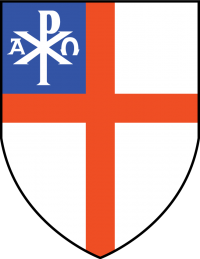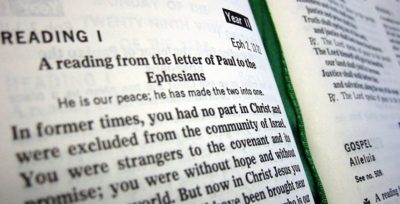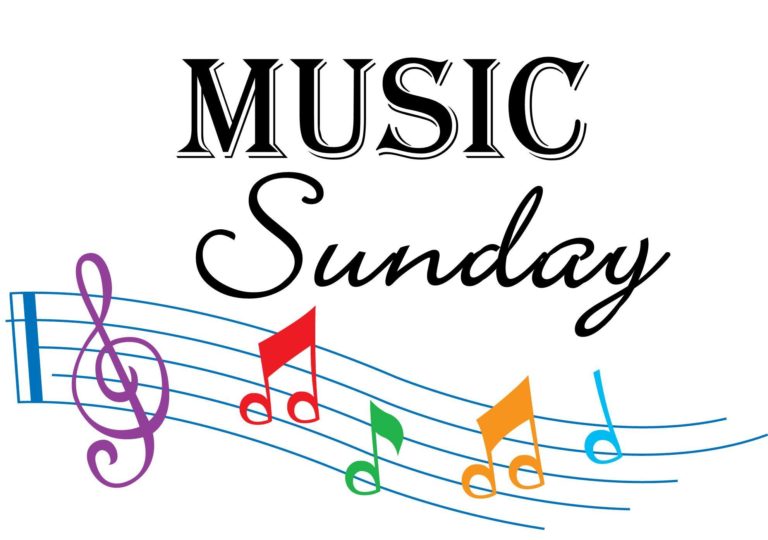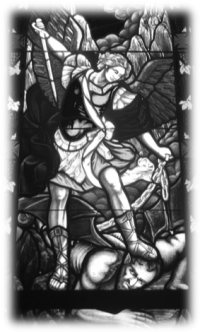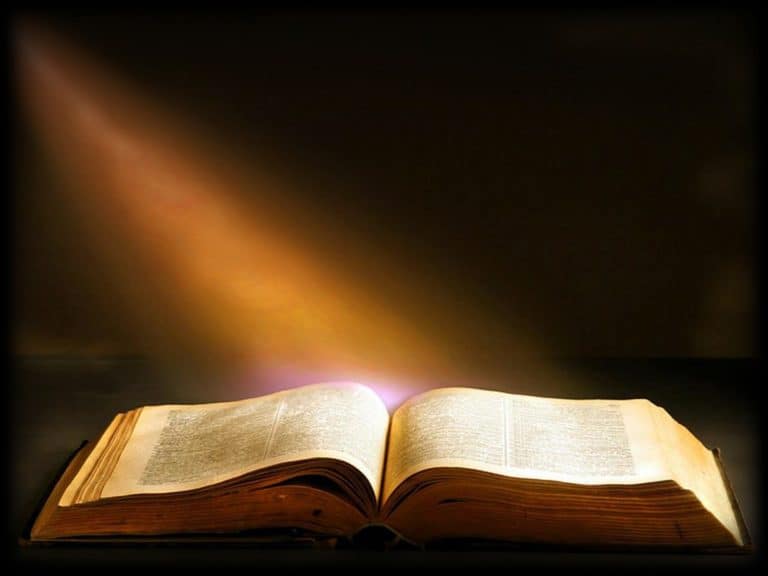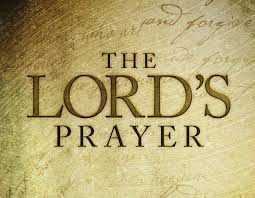Tractate on Being Catholic
 WHAT IT MEANS
WHAT IT MEANS
TO BE A CATHOLIC
The Rev’d. Stephan W. Heimann
Modern Conundrums
The Creeds we recite each week, whether the Apostles’ Creed in the Daily Offices or the Nicene Creed in the Holy Eucharist, affirm our belief in the One, Holy, Catholic, and Apostolic Church. Furthermore, there are prayers and collects in our Book of Common Prayer identify and pray for that One, Holy, Catholic, and Apostolic Church as well.
However, there is hardly a word in the vocabulary of our religion that is as severely contested, and as often misunderstood, as the word “Catholic.” Our Prayer Book Offices of Instruction answers the question about the meaning of “Catholic” by saying it means “it is universal, holding earnestly to the Faith of all time, in all countries, and for all people; and is sent to preach the Gospel to the whole world” (BCP 291).
That is an interesting definition, but in some ways, it raises almost as many questions as it answers. In response to that definition, there have been those who have insisted that all baptized Christians are Catholics, no matter what they believe. Others going to the opposite extreme, have tried to identify the word “Catholic” as coming as close to Rome’s beliefs and practices as possible without “swimming the Tiber.” What often happens is that two extremes react to each other, and the result is anything but a usable definition of “Catholic.”
Original Meaning
St. Cyril of Jerusalem, who lived around 350A.D., was one of the first to describe the Christian Church as “Catholic.” He wrote that the Church is “Catholic” when it:
- Extends over all the world, from one end to the other;
- Teaches universally and completely one and all the doctrines which ought to come to men’s knowledge, concerning those things both visible and invisible; heavenly and earthly;
- Brings into subjection to godliness the whole race of mankind; governors and governed, learned and unlearned;
- Universally treats and heals the whole class of sins which are committed by body and soul;
- Possesses in itself every form of virtue which is named, both in deeds and words, in every kind of spiritual gift.
Contemporary Understandings
More recently, Peter Rohr and Joseph Martos, two Roman Catholic apologists who write for Catholics of all persuasions, have laid out in their book Why Be Catholic what they have discovered to be the qualities of life which ought to be the goals of all Christians and how they are found most fully in the Catholic Ethos of:
- A profound sense of history;
- An appreciation of creation;
- An optimistic attitude;
- A holistic outlook;
- An invitation to personal holiness; and
- An experience of the community.
Within this ethos, qualities begin to increase in the participants which they categorize and term as the Catholic approach to Christianity Concrete characteristics of this approach are:
- A reverent and balanced approach to Holy Scripture;
- The summary of Scriptural beliefs in the historic Christian Creeds;
- The Apostolic Ministry of Bishops, Priests, and Deacons;
- A high view of the place and mission of the Church;
- The living, faithful Tradition of the Church derived from and consistent with Scripture;
- The seven Sacraments of God’s grace and power; and,
- The Eucharist-centered worship of the Church, enhanced by beauty, symbolism, and ceremonial.
For Rohr and Martos, these are the keys placed in the hands of the Church by God to open the door of human life to the infinite possibilities and qualities of life described in the New Testament as the abundant life.
Remaining in Continuum with the Past
Now the source of Catholic Ethos spoken of by Rohr and Martos are not found exclusively in the Roman Catholic (or Easter Orthodox) Church, and is certainly not found in various Protestant attempts to identify their approaches to theology with those of the ancient Church.
The legitimate sources of the Catholic Ethos are that period of Church history through at least the seven Ecumenical Councils (late eighth century) and possibly through the period before the Great Schism between the East and the West (AD 1054). That entire period is worthy of our study, appreciation, and some degree of acceptance.
It ought to be noted that not all sources of Catholic though during the first thousand years of Christian history were united voices. In addition to differences in emphasis between East and West, there were also differences between various schools of thought in both East and West. We solve the dilemma of differences by going back as far as we can in the history of the Church to find united voices on a disputed matter. That which agrees with Scripture is the ultimate test. If historical minds do not meet, differences in approach arise, but are non-essential in character. The patristic period of the Church agreed on all the essentials, thus they ought to be consulted in our own day.
It should also be noted that much of the material from the early Church which is now available to us was not known before the end of the nineteenth century. A few scattered documents provided some clues to patristic thought, but even these were discovered after much of the Reformation had taken place. Anglican divines like Lancelot Andrews made use of as much of that material as they could in their teaching, but it still did not dominate the church thought at that time.
That we now have this material available to us should challenge us to study and ponder such material with open minds and receptive hearts. By so doing, we will be able to celebrate our Catholicism and see it as a treasured gift from God to be shared with the whole world.
